What is a typical day like for you?
Days in the life as a Field Guide for the British Antarctic Survey are very rarely the same! Our principal role is the provision of field camp and travel safety for the many different scientists operating all over West Antarctica in the summer field season. Depending on the science project we are assisting with, we could be assisting with radaring glaciers, sampling rocks on geology projects, general camp management on large-scale ice-core drilling projects, or assisting with fuelling aircraft and providing weather observations.
What challenges do you face on a daily basis?
The Antarctic is one of the most unforgiving and wild environments - frequently referred to as the coldest, windiest, highest continent on earth. Keeping ourselves and our colleagues warm and safe is a monumental challenge, not to mention the expensive and sometimes delicate science equipment we and our colleagues are using. Tough, reliable, waterproof, solid cases such as PELI Protector Cases are required for all sensitive equipment. The risk of something crucial breaking when we are 6 hours flight from base, 11 hours flight from real civilisation, could at best, spell the end of the project, or at worst, leave us unable to communicate with our base in case of emergency. These timings are assuming perfect weather all over the continent for the aircraft to fly, which is a rarity - frequently we could wait days and often weeks to be able to get to where we're aiming for.
General challenges range from avoiding crevassing while travelling by snowmobile, ensuring camps are set up effectively to survive in blizzard conditions, operating fiddly scientific equipment with big gloves, keeping batteries charged and other kit working in temperatures down to minus 30C, and spending up to 2 months living in a tent with sometimes just one other person for company - a good sense of humour is very valuable! The chance to be involved with ground-breaking climate-change research being undertaken by the scientists we work with is a real privilege.
What's outside your window right now?
I'm writing this from the comfort of home, though on a typical field project on an ice shelf in Antarctica, the answer of what's outside the tent is normally snow. A lot of it. And our field kit is stored on trusty wooden sledges for driving around by snowmobile - the normal office window is the windshield of a snowmobile while travelling on a field project, keeping one eye on a GPS for navigation, and another eye on the tell-tale signs of dangerous crevassing - large chasms in the ice delicately bridged with a thin layer of snow not firm enough to take the weight of a snowmobile and driver.
What equipment/kit do you need for work on a daily basis?
Aside from general cold weather camping and mountaineering equipment, High Frequency (HF) radios and satellite phones are our main forms of communication with our base and the outside world. GPS (Global Positioning Systems) are essential for navigation on the flat white ice sheets. Depending on the projects, very expensive surveying and radaring equipment needs to be transported and housed, and survive the battering of being dragged over lumpy snow on a sledge. All of this kit needs to be kept as dry and protected as possible.
What advice would you give someone who is seeking the same line of work?
The harsh working environments of the polar regions are a far cry from the comfort of an office, but the rewards are immeasurable - although far from friends and family, the experience of visiting and working in one of the last remaining true wildernesses on the planet is breathtaking! The opportunity to work with other like-minded and adventurous, spirited people means that although you're isolated, you're never alone.
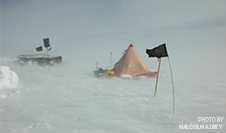
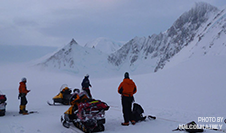
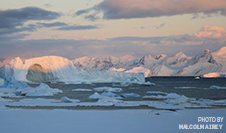
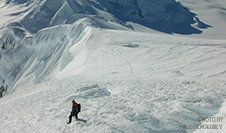
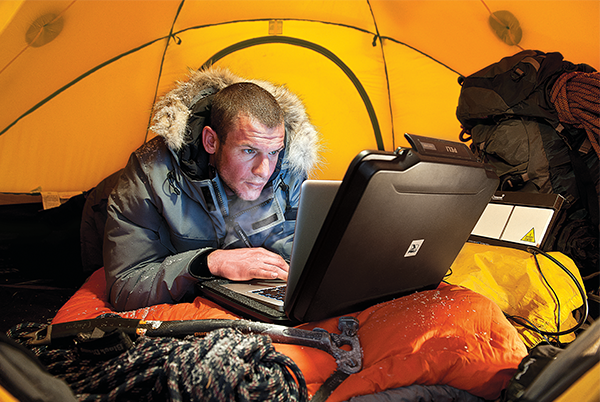


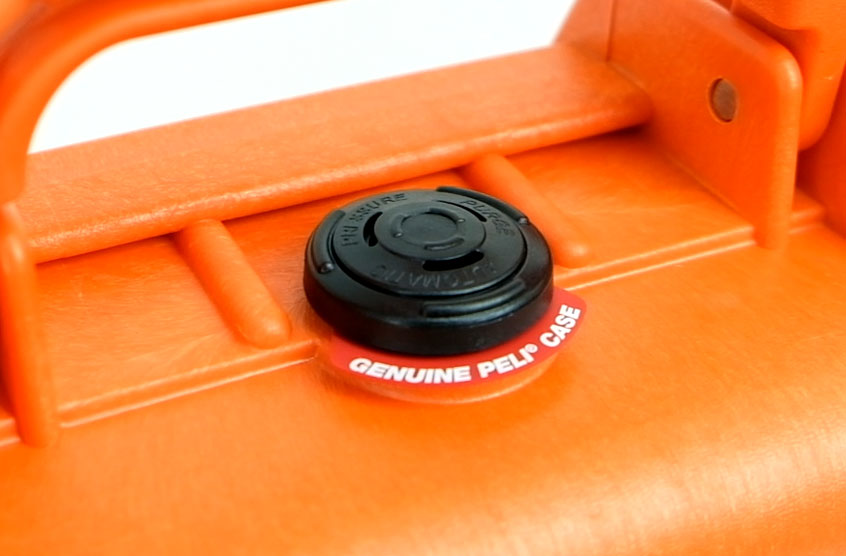
.png)

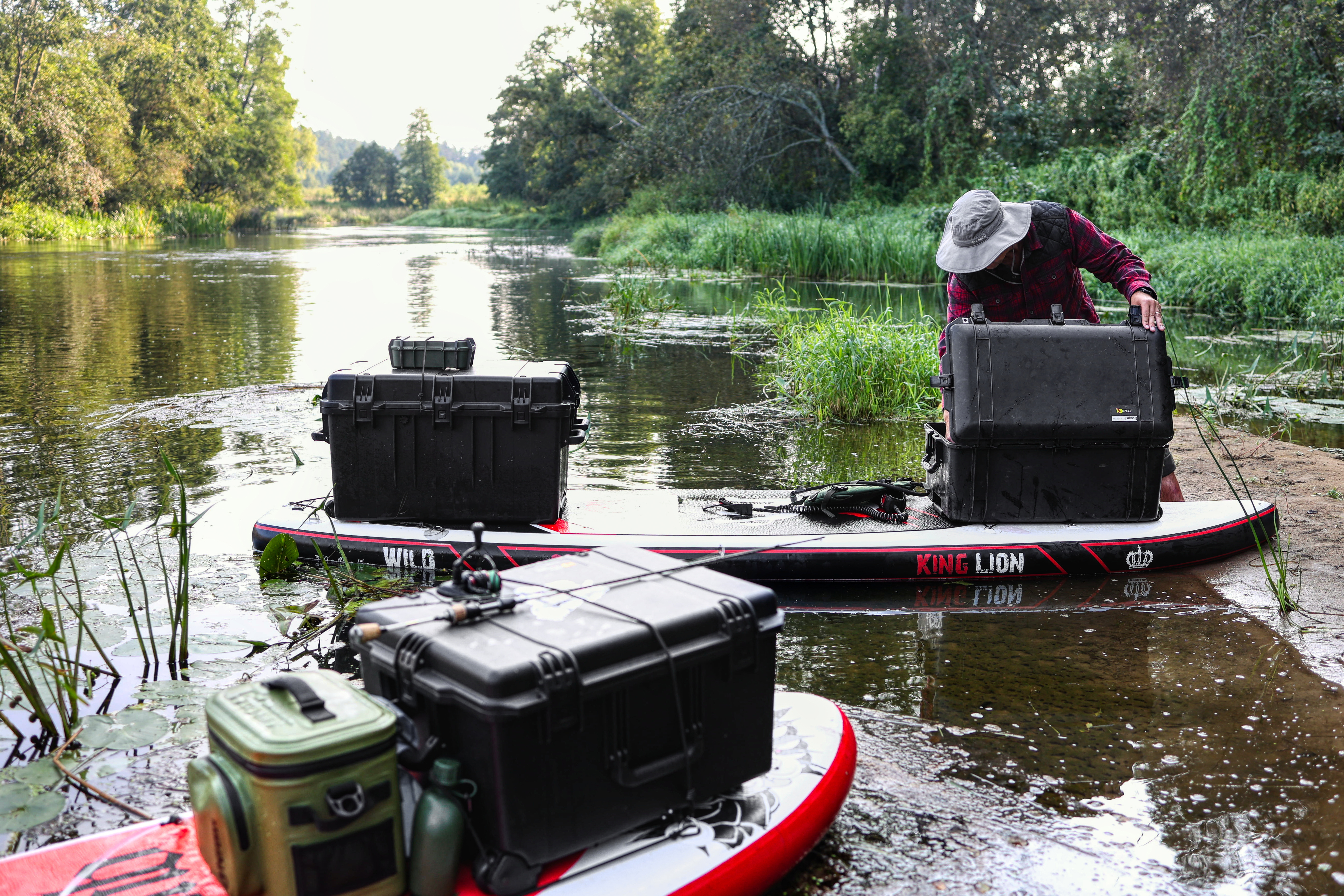
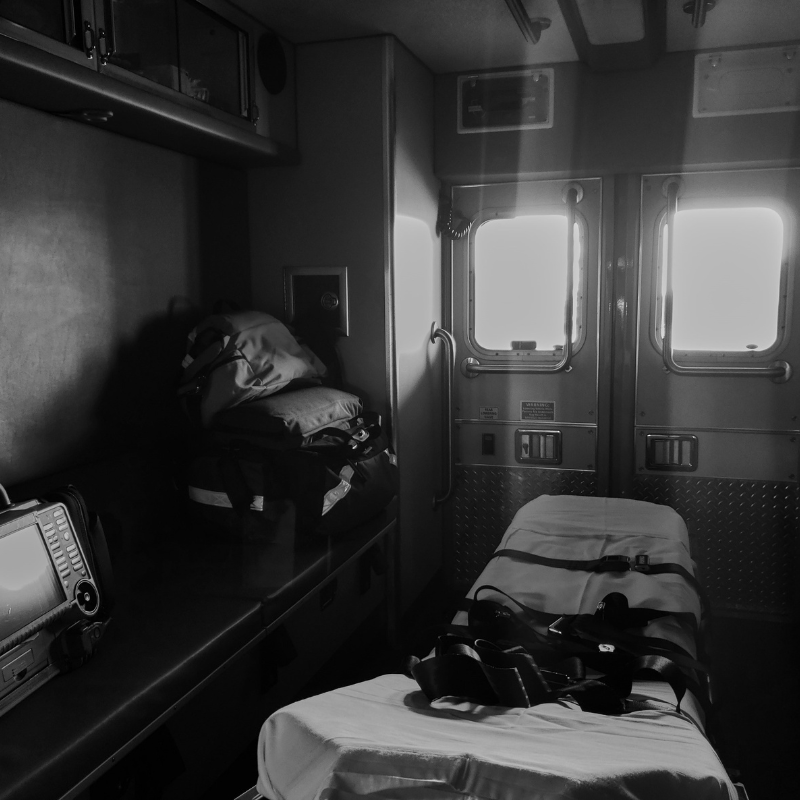
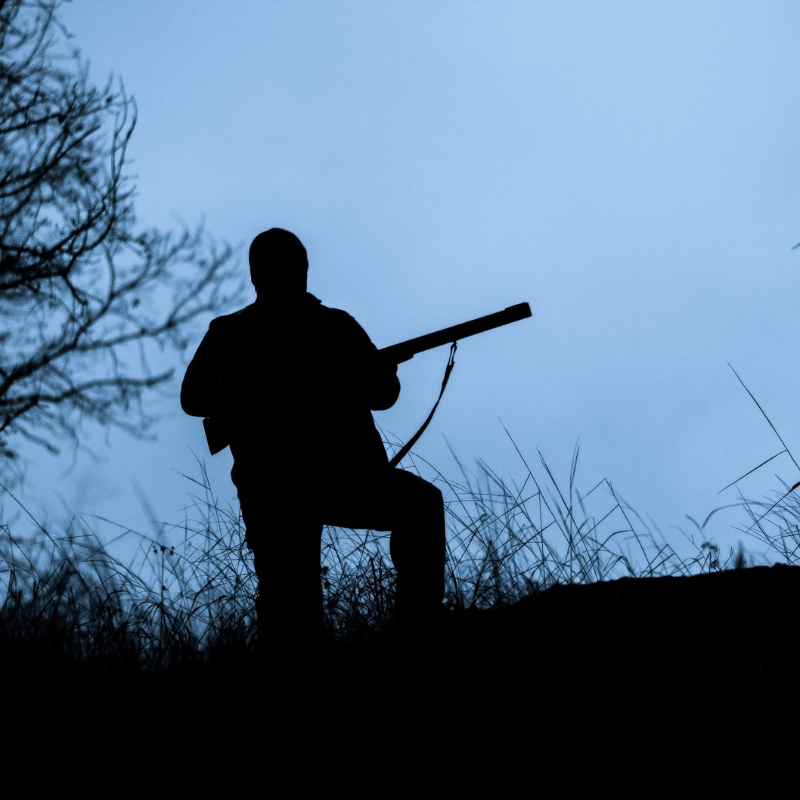

Post a comment